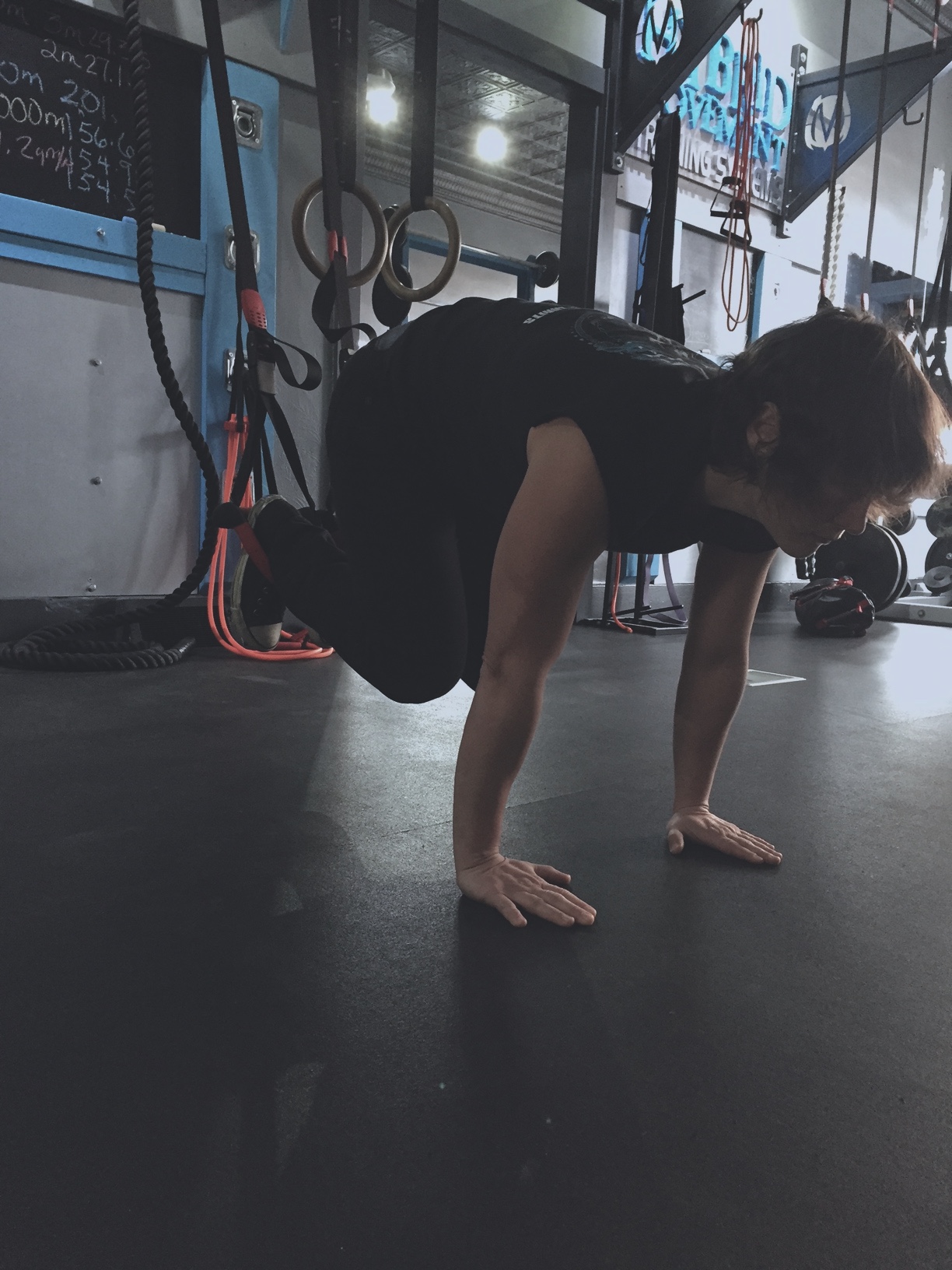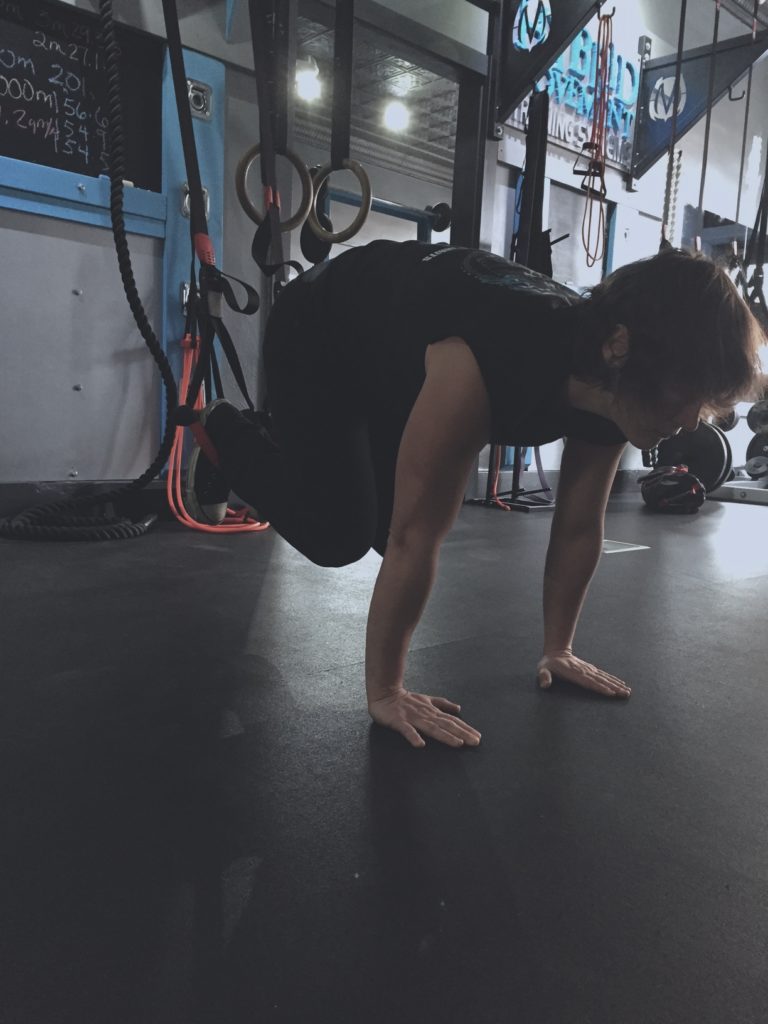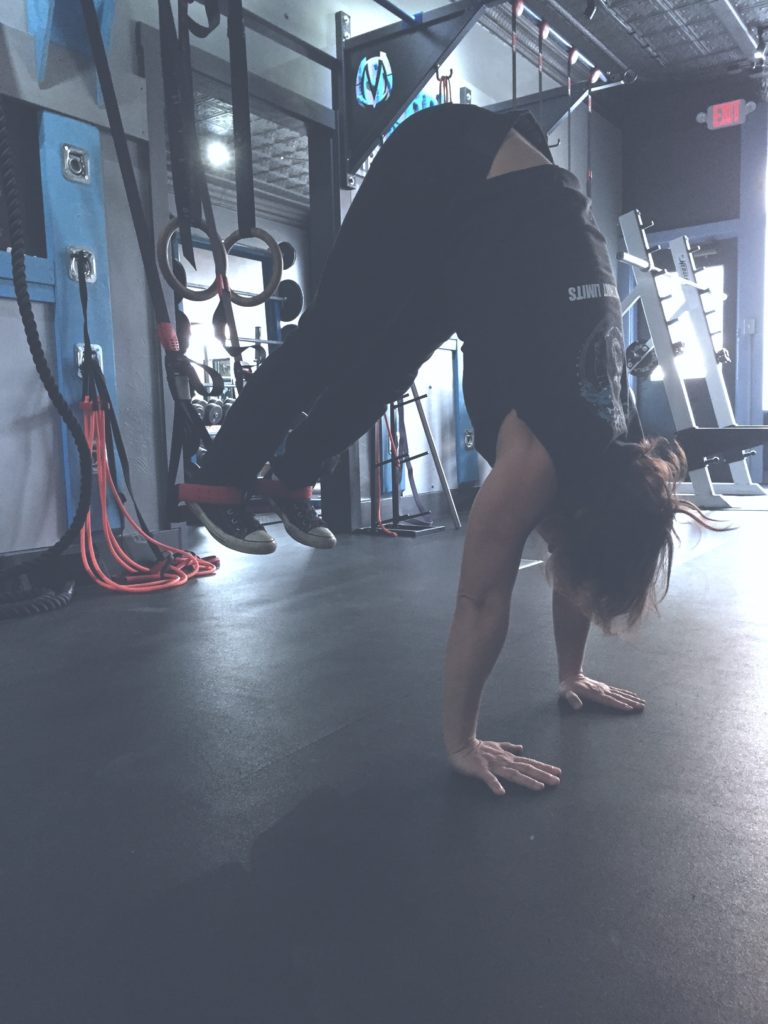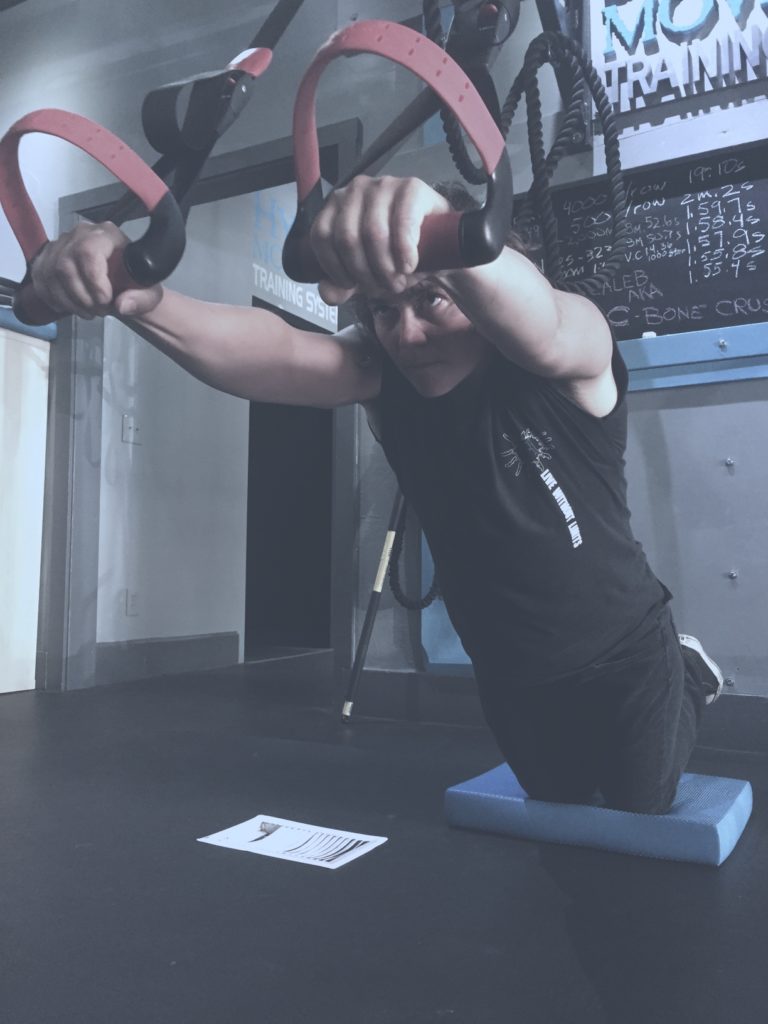How to Perform a Suspended Reverse Crunch
The Suspended Reverse Crunch is an abdominal flexion progression in which the feet are placed in the D-shaped foot cradle of the Jungle Gym XT Suspension Trainer with your heals facing the handles and your forearms in contact with the floor. This is a suspended bodyweight variant to the floor reverse crunch. This crunch progression is performed in a plank/push-up ready position, unlike a traditional floor reverse crunch, which is in a supine position on a stable floor. Adjust yourself so that the suspension handles are directly below the anchor of the attachment. how to perform a Suspended Reverse Crunch......






